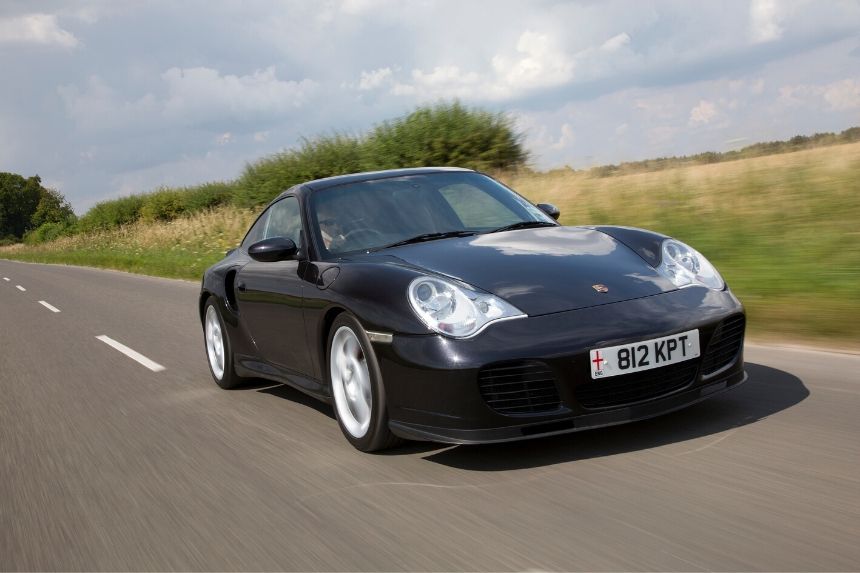
Porsche 911 (996) Buyers' Guide
Written by Peter Morgan
Model history
The auto industry model year (MY) runs from August 1 to 31 July, so a 1998 model could have been produced between 1 August 1997 and 31 July 1998.
1998 MY: Carrera 2 in Coupé (only), all new, water cooled, 6 cylinder 300bhp 3.4-litre engine with 6-speed manual and 5-speed Tiptronic gearboxes. Cabriolet introduced July 1998 (with hardtop standard).
1999 MY: All wheel drive Carrera 4 featuring Porsche Stability Management (PSM) and fly-by-wire throttle. All models have POSIPS side impact protection system, louder exhaust note and smoked front and rear indicator lenses. Mid-1999, motorsport focused GT3 introduced, with water cooled, 360bhp 3.6-litre version of the tried and tested 'Mezger' engine.
2000 MY: 420bhp 996 model Turbo, with all-wheel drive and twin turbo water cooled version of the 'Mezger' engine. Special edition (numbered) 'Millennium' edition - a high spec version of the Carrera 4, identified by chromed alloys, burr walnut trimmed dash and natural tan leather interior. C2 could be specified with PSM. Series 1 GT3 ends production at close of 2000 MY.
2001 MY: 462bhp twin turbo GT2 with rear wheel drive only (and no PSM). Lighter weight makes this the fastest accelerating 996 model. All 2001 MY models identified by electronic release for the front and rear lids and LED interior orientation lights.
2002 MY: Major upgrade to Carrera 2 and 4 with 'facelift' including Turbo's 'teardrop' headlamps, glovebox, sports steering wheel and larger 320bhp 3.6-litre engine (featuring Variocam Plus variable valve timing and opening technology). New Targa model (with panoramic, sliding glass roof) and wider body Carrera 4S introduced Porsche sat-nav PCM1 upgraded to PCM2 with CD in place of cassette.
2004 MY: Facelifted GT3 (Series 2) with 381bhp, better handling and braking. Cabriolet versions of the Carrera 4S and Turbo, plus 450bhp Turbo S model (also available as Cabrio). Limited edition GT3RS has 381bhp and is 20kg lighter. 40 years 911 Anniversary model Carrera 2 has X51 powerkit with 345bhp, sports exhaust and GT Silver finish. GT2 upgraded to 483bhp. Service intervals extended.
2005 MY: 997 Carrera models replace 996 C2/4, but 996 C4S, Turbo, Turbo S and GT3 continue. At end of 2005 MY all 996 production ceases.
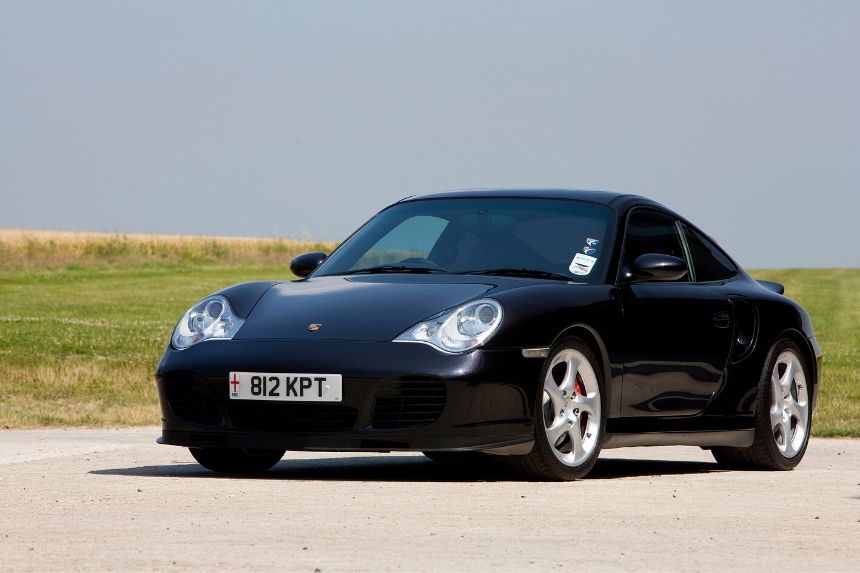
What's it like?
The 996s were a complete redesign of the 911 philosophy and majored on being easier to live with, yet still keeping the 911's head turning magic. The 996 Coupé is a practical, everyday supercar, but the Cabriolet is not to be missed if you like open air driving (but go for the 2002-on Cabs with the heated glass rear screen rather than the earlier, fragile plastic window). The Targa is an evolution of the classic drop head top of the early 911s and delivers a light and airy 996 experience.
The manual 6-speed gearbox is easy to use and has a relatively light clutch. The manual allows you to get the best from a winding country road as much as a motorway cruise. Tip offers a manual, clutchless shift mode or a fully automatic mode - great for urban driving.
All 996s come with power assisted steering and brakes, plus ABS. For extra safety, take a look at the Carrera 4 with its all-wheel drive and Porsche Stability Management (PSM). PSM offers a combination of traction control and differential braking for those situations where a wheel gets on the loose or slippery stuff.
The 911 has always been a 2+2 and pre-teenage children can be carried easily. Child seats fit in front or back, but the Cabriolet can really only accommodate young children.
The faster 996s are defined by the legendary 'Mezger' engine, which can trace its history back through Le Mans winners and all the 911's remarkable 50-plus years in production. The Mezger engine has turned the faster 996s into modern collectibles, with the GTs and Turbos experiencing attractive value stability.
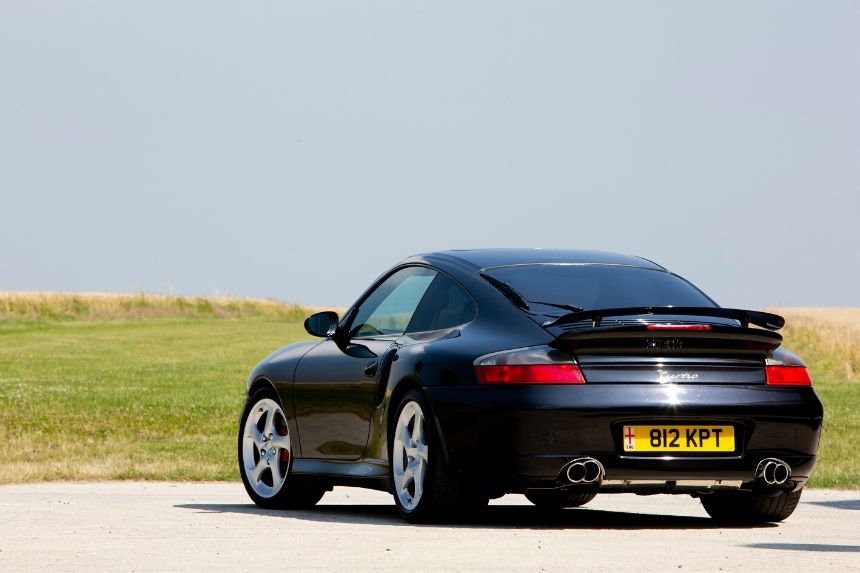
Which one should I get?
The choice of 996 will obviously be driven by your budget, but in some cases, also by your previous driving experience. For drivers new to Porsche and stepping up from a premium saloon (say), it may appear that the first point to decide is whether to get a Carrera 2 or 4. In fact, for the large majority of UK driving it doesn't matter. The C4 isn't a Land Rover, but the all-wheel drive does add confidence to the handling in poor conditions.
The trade-off is a slightly heavier car and the loss of some agility in faster corners. The 3.6-litre 'facelift' Carreras represent the best buys, for their slightly improved maximum power and much improved refinement over the early cars. Most sought after is the C4S, as it has the Turbo's 'big red' steel brakes and that more curvy Turbo style body. If you want the 911 sports car experience, a manual transmission, 'facelift' C2 with PSM is a very complete package.
The Turbo is a fantastic all rounder for the more experienced driver who values long term collectability. Porsche's flagship model combines stunning performance with a high level of driver aids and practicality. The GT3 is harder work as a daily driver, while the GT3 RS is a stripped out race experience that is now only likely to be bought by collectors.
The rear wheel drive GT2 combines the GT3s raw chassis with extreme turbo power, but has no electronic traction aids. This is a Porsche that requires expert driving skills as it is both very fast and can catch you out when you are least expecting it.
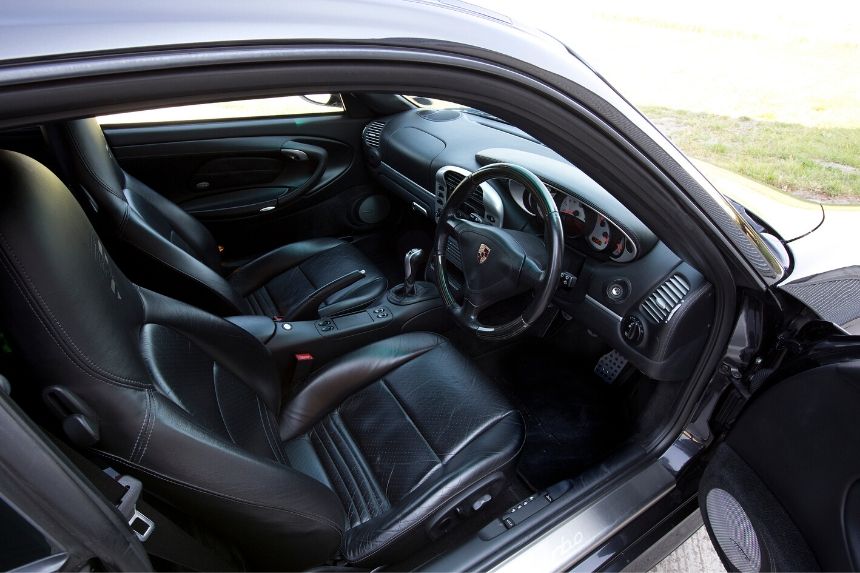
What are the running costs?
A well sourced Carrera should cost a similar amount to run as any premium sports saloon. Servicing costs vary across the country but would typically range from £300-600 + VAT (depending on whether you need a Minor or Major service and excluding items like brake fluid change, spark plugs and other wear and tear parts).
Typical clutch replacement is likely to cost £750-£1K, while an air conditioning rebuild (the condensers are in the front bumper and have a life of around 6-8 years) will cost perhaps £1.2K. Brake wear depends on driving style, but typically should last 15-20K miles. To replace the front discs, pads and pad wear sensors is likely to cost £600 with a similar amount for the rear axle.
Tyres should be Porsche N-rated types and these include Michelin, Pirelli, Continental and Bridgestone. You'll see the N-number embossed on the tyre sidewall as N1, N2, N3 etc depending on the version number produced by the given manufacturer. Tyre costs depend on sizes, but typically a pair of front tyres for a 996 Carrera 4S (225/40ZR18) might cost £300 while the rear 285/30ZR18 pair perhaps £400. The front tyres wear faster on a C4 than a C2, but typical life might be 15-18,000 miles.
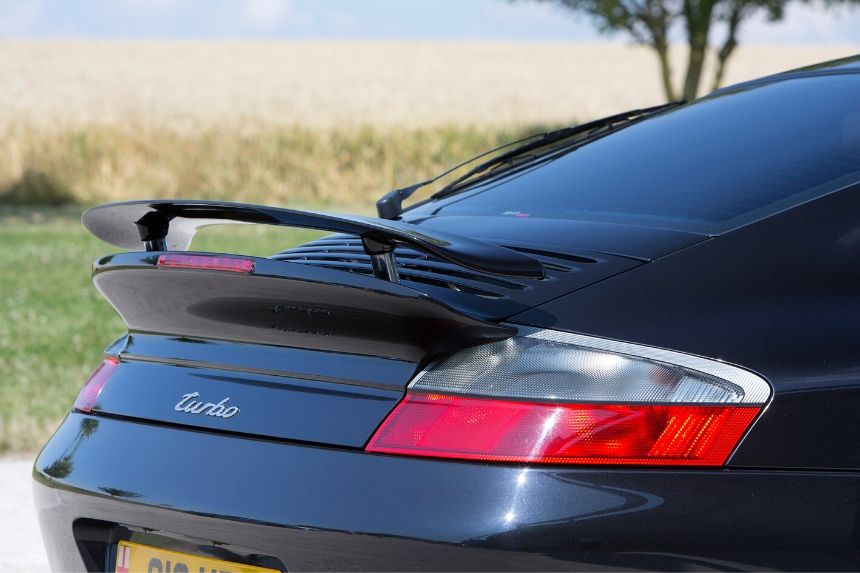
What should I look for?
The mileage and condition will directly drive the value of any given model. For best resale potential, avoid any sort of customising and the solid colours (Carreras especially).
The other basic requirement is a solid service history (official or dedicated independent) ideally offering annual services (even the later 2004-5 models).
The most frequently seen issue is leakage past the rear main oil seal (RMS). This doesn't cause engine failure but might drip oil on your drive. Development has evolved much better seals and expert opinion would suggest only having it fixed when the clutch is changed.
Other more major trending issues have affected perhaps only 5% of the total Carreras. With the 3.4-litre models, some cars suffered cylinder failure. Many experts came to the conclusion that if the engine reaches 50K miles, it's probably OK. Failure of the intermediate shaft (IMS) bearing affected some post 2001MY cars. This is a very remote issue, but if it worries you there are stronger aftermarket fixes around.
Cylinder bore scoring has become an issue on some 2004MY onwards models, particularly where powerkits are fitted. In summary, the so-called trending issues affecting the 3.6-litre Carrera engines are something you should be aware of, but not reject the model because of it. All these specific issues have not affected the 'Mezger' engined models at all (the GTs and Turbos).
Always try to drive the car before you buy. These are high performance cars and the ride, handling and performance may not suit you for various reasons.
If you don't have the experience to check the car out yourself, get a pre-purchase inspection expert to look at the car. They will advise on all aspects of the car's condition, what needs replacing now and in the short term and whether the car is valued correctly.
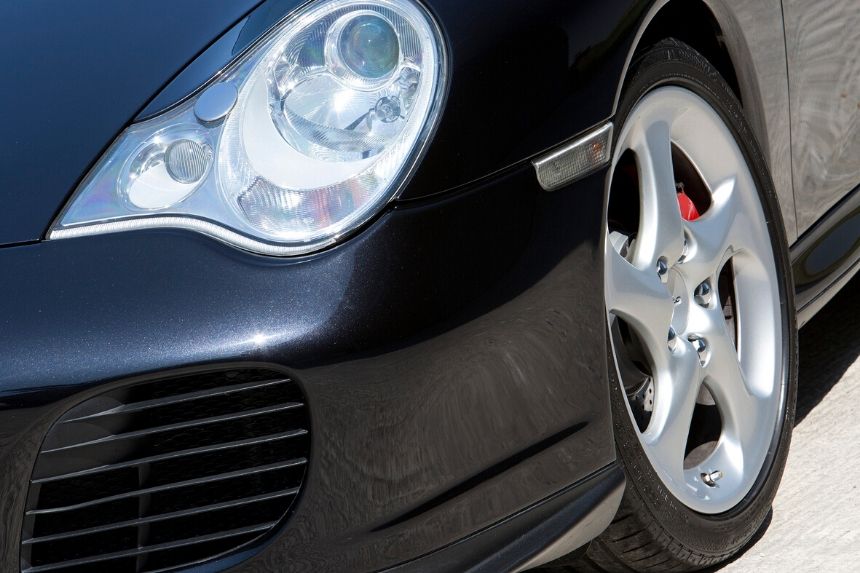
How can we help?
Run by dedicated and friendly Porsche enthusiasts, we are here to help you get the most out of owning your Porsche. We have over 30 model-specific Registers, each run by enthusiastic volunteers and technical experts who will be happy to assist you with any questions you may have. Click here to join Porsche Club GB.
find out more